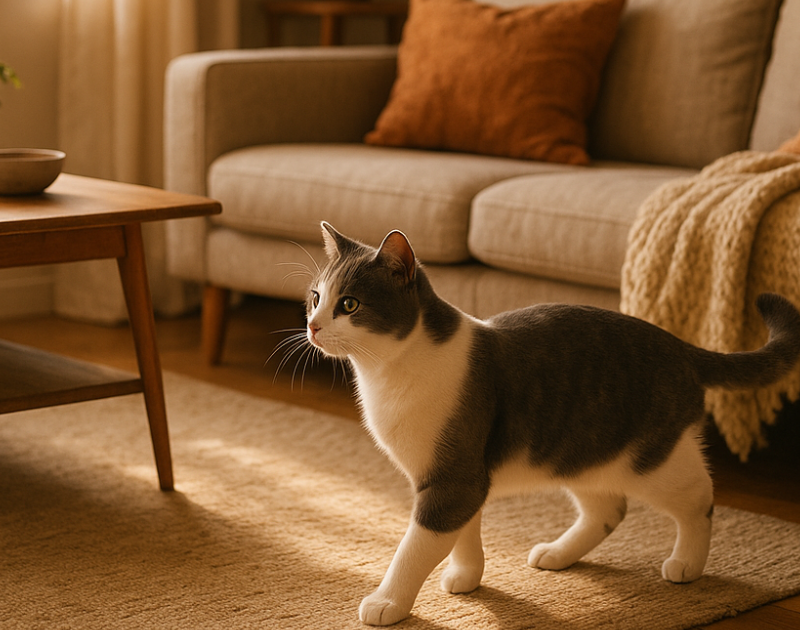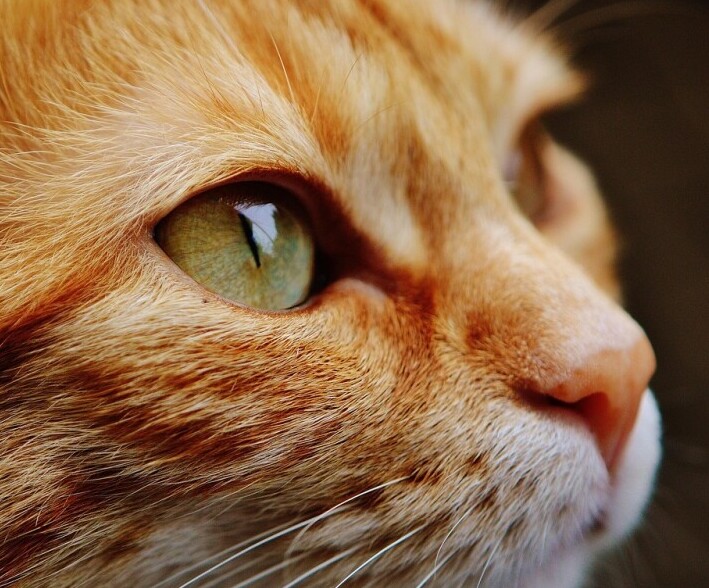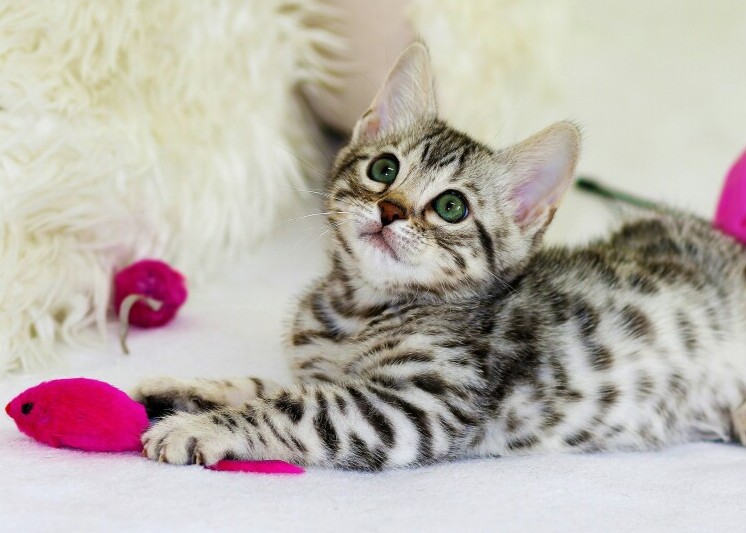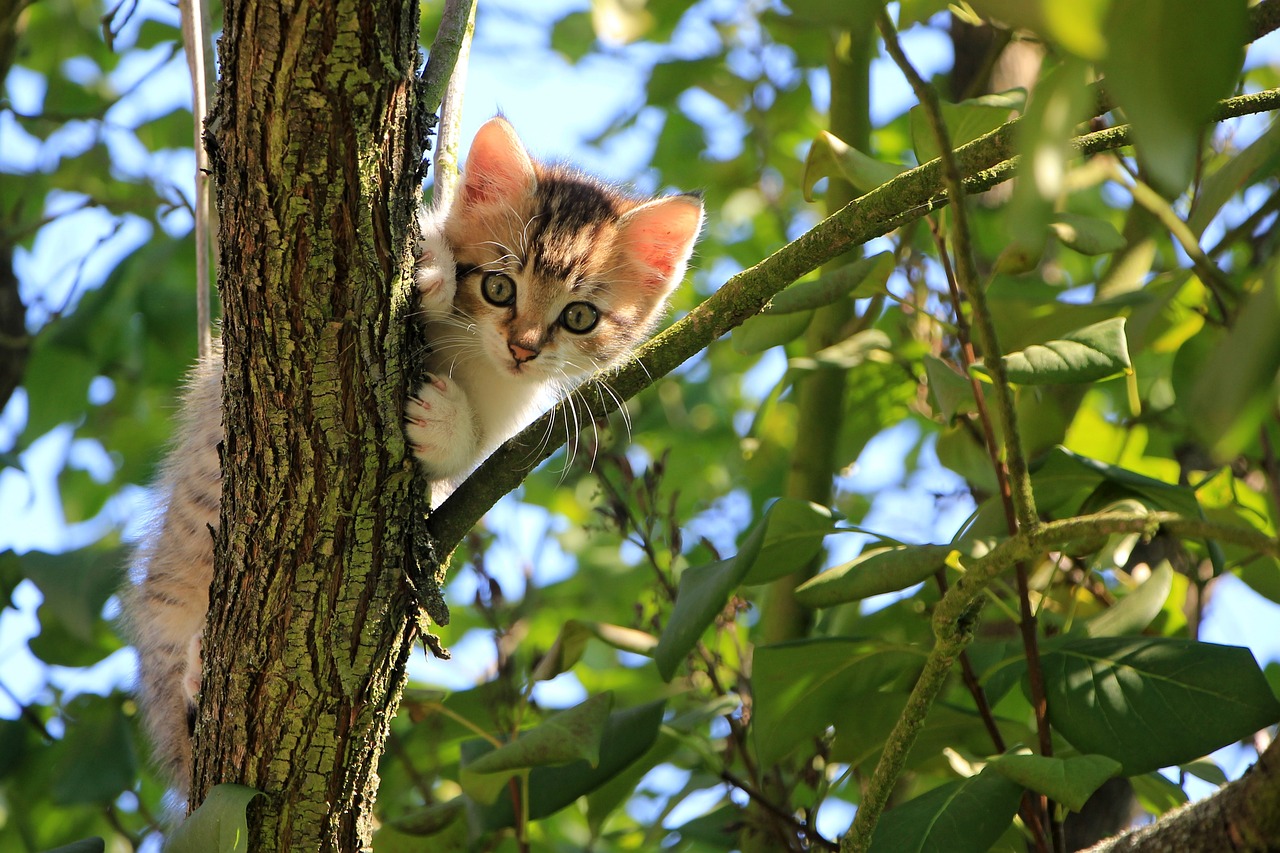March 22, 2025 by Tim

Many people think cats are too independent to learn commands like dogs. The truth is, with patience, consistency, and positive reinforcement, cats can be trained to come when called. Teaching this simple behavior not only boosts your cat’s safety but also strengthens the bond between you and your feline friend.
This guide breaks down practical steps to make training enjoyable and rewarding for both you and your cat.
Step 1: Understand Your Cat’s Natural Behavior
Before you start training, take time to observe your cat. Cats are naturally curious and independent, which means they may not respond immediately like dogs. Knowing their habits helps you choose the right time, environment, and rewards.
Ask yourself:
- When is my cat most relaxed or playful?
- What type of rewards does my cat prefer—treats, toys, or affection?
- How does my cat react to new routines or stimuli?
- Where does my cat feel most comfortable?
By answering these questions, you’ll be able to design training sessions that align with your cat’s unique personality.
Step 2: Use Positive Reinforcement
Cats respond best when training is fun and rewarding. Positive reinforcement means giving your cat something enjoyable right after they respond correctly to your call.
Reward ideas:
- Small, tasty treats
- A quick play session with a favorite toy
- Gentle petting or verbal praise
Mixing up rewards keeps training exciting and prevents your cat from losing interest.
Step 3: Choose the Right Time and Place
Pick a quiet, familiar space with few distractions. Cats focus better in environments where they feel safe. Training after playtime or meals often works best, since your cat is alert but relaxed.
Tips:
- Use a calm room free of noise and interruptions
- Train when your cat is naturally active
- Avoid training near other pets if possible

Step 4: Keep Sessions Short and Fun
Cats have short attention spans. To prevent boredom, limit each training session to 3–5 minutes. You can do several short sessions throughout the day instead of one long one. Always end on a positive note—even if your cat hasn’t fully mastered the command yet.
Step 5: Minimize Distractions
A distraction-free environment is essential. Turn off the TV or music, and keep other pets out of the room. The more your cat can focus on you, the quicker they’ll learn.
Step 6: Gradually Increase Distance and Difficulty
Once your cat responds well in a calm environment, start adding challenges:
- Call your cat from farther away
- Change rooms to test consistency
- Introduce mild distractions, like someone walking in another room
This step-by-step approach strengthens your cat’s reliability and prepares them for real-world scenarios.
Step 7: Stay Consistent and Patient
Consistency is key. Always use the same call or cue, reward your cat immediately, and stick to a regular training schedule. Progress may seem slow at first, but with patience and repetition, your cat will improve steadily.
Quick tips for consistency:
- Use the same word or sound every time
- Keep a daily routine
- Track what works best for your cat
Common Questions
What if my cat ignores me?
Try again later in a quieter environment or with a different reward.
What if my cat loses interest?
Switch up the rewards—alternate between treats, toys, and affection.
What if my cat seems stubborn?
Stay patient and flexible. Some cats take longer to respond, but persistence pays off.

Final Thoughts
Training your cat to come when called takes time, but the rewards are worth it. You’ll improve your cat’s safety, deepen your bond, and enjoy the satisfaction of successful communication with your pet.
Action Plan:
- Observe your cat’s habits
- Start with short, positive sessions in a quiet space
- Use rewards your cat truly loves
- Gradually increase distance and distractions
- Stay consistent and patient
With steady practice, your cat will learn to respond eagerly when called—turning a simple command into a valuable life skill.
👉 Next, you might enjoy:
- How To Create A Safe And Stimulating Environment For Your Pet Bird
- The Online Dog Trainer Review: Train Your Dog

